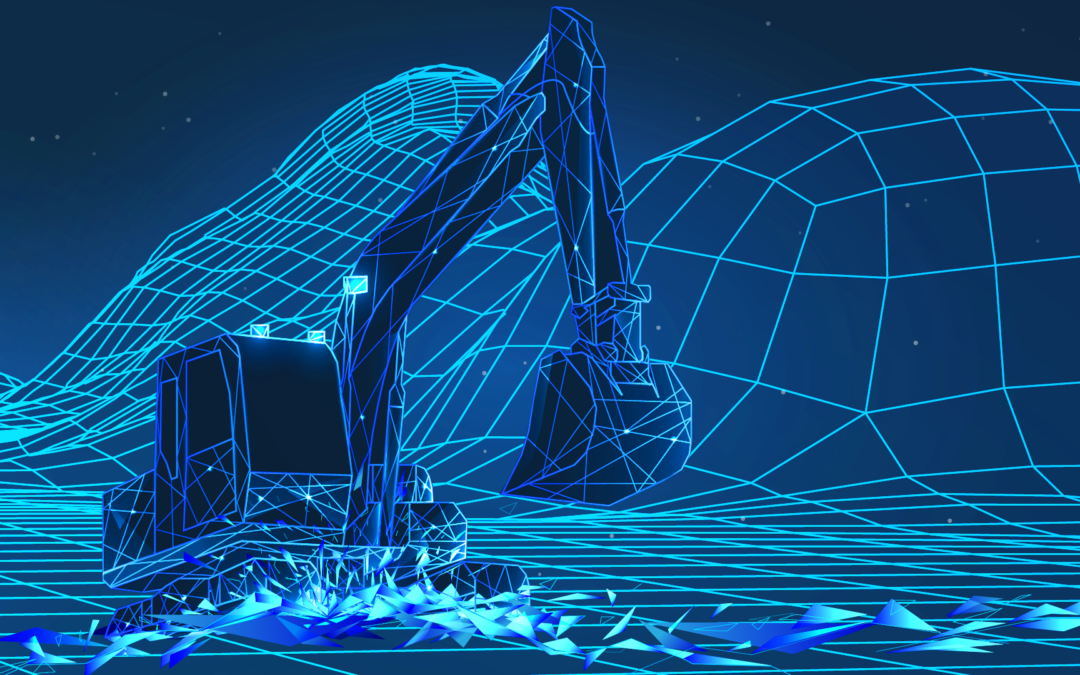Autonomy is often associated with autonomous driving, but its scope extends far beyond that. It includes a range of capabilities and functionalities that enable machines to operate independently and intelligently in various contexts. From manipulating the environment to ensuring functional safety, the development of autonomous features requires advanced technologies and a comprehensive approach. As we strive for a sustainable future, autonomy plays a crucial role in optimizing efficiency and reducing environmental impact.
Manipulation and Real-Time Mapping
Manipulating the machine tools goes beyond understanding the surroundings; it requires accurate measurements and positioning, both locally and globally. Machines must possess the capability to assess the task at hand and continuously adapt to the changing environment. Real-time mapping becomes indispensable as machines build a comprehensive model of their surroundings. By incorporating these advanced features, machines can effectively interact with their environment and perform complex tasks with precision. With precise manipulation and mapping capabilities, autonomy promotes sustainability by enhancing operational efficiency.
Enabling Autonomous Features and Ensuring Functional Safety
Enabling autonomous features involves integrating various systems to streamline operations and reduce human error. To achieve autonomy, several critical aspects must be enabled. For instance, in the development of X-by-wire systems, access to steering, throttling, and braking is essential. However, functional safety, governed by standards such as IEC 61508 and ISO 26262, must be a paramount consideration throughout the process. As autonomy levels increase, the role of functional safety becomes even more vital, ensuring the reliability and integrity of autonomous systems.
Perception Systems: The Eyes and Ears of Autonomy
Perception systems serve as the “eyes and ears” of machines, enabling them to make informed decisions based on environmental data. Through a combination of sensors, cameras, and advanced algorithms, machines gather and interpret data from their environment. This real-time perception enables autonomous systems to navigate complex scenarios and respond appropriately to changing conditions. Furthermore, it allows for efficient route planning, optimized energy consumption, and reduced carbon footprint.
Simulations and Model-Based Design: Accelerating Autonomy Development
Simulations and model-based design are invaluable tools in the journey towards autonomy. By creating virtual environments and testing various scenarios, developers can refine algorithms, optimize performance, and validate system behavior before deploying them in the real world. These tools facilitate iterative development and reduce costs and environmental impact associated with physical prototyping. Epec recognizes the significance of simulations and model-based design, utilizing them continuously in system development.
Epec: Empowering Autonomy Today and Tomorrow
Epec is dedicated to advancing autonomy and driving sustainability across industries. With the upcoming Epec Core Unit and the existing Epec 6200 unit, Epec serves assistance systems across industries, supporting autonomy up to level 2. By leveraging simulations and model-based design as essential development tools and having a strong focus on research and development, Epec drives innovation and addresses the evolving requirements of autonomy, enabling a greener and more sustainable future with increasingly intelligent machines.


